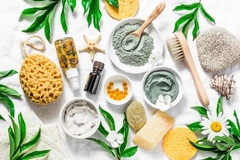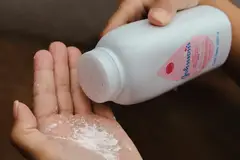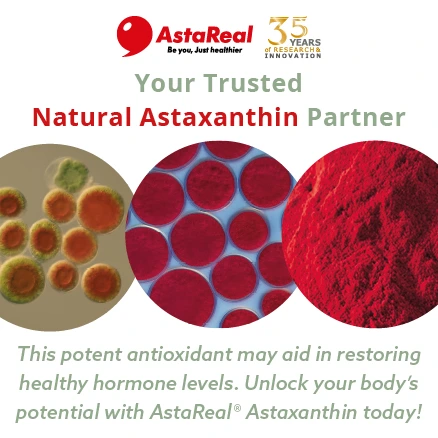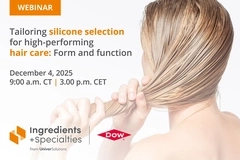Johnson & Johnson ordered to pay nearly US$1 billion in latest talc cancer lawsuit
Key takeaways
- J&J has been ordered to pay US$966 million in a lawsuit for fatal mesothelioma allegedly caused by asbestos in its talc-based baby powder.
- The company is reportedly facing over 90,000 pending lawsuits across the US related to its talc products but maintains its baby powder is safe.
- Mounting scientific evidence linking talc to cancer risks has prompted the EU to take action to ban talc in cosmetics by 2027.
Johnson & Johnson (J&J) has been ordered to pay US$966 million in another lawsuit against its talc-based products. This time, the family of a woman in California, US, who passed away from mesothelioma in 2021, claimed that the company’s talc-based baby powder contained asbestos and caused her fatal cancer.
The Los Angeles, US, jury ordered the company to pay US$16 million in compensatory damages and US$950 million in punitive damages.
The company is currently facing thousands of lawsuits throughout the US. There are currently over 90,000 pending lawsuits, according to the Lawsuit Information Center.
J&J’s vice president, Erik Haas, says the company will appeal the verdict immediately, calling it “egregious and unconstitutional.”
“The plaintiff lawyers in this Moore [surname of deceased woman] case based their arguments on ‘junk science’ that never should have been presented to the jury,” Haas said in a statement.
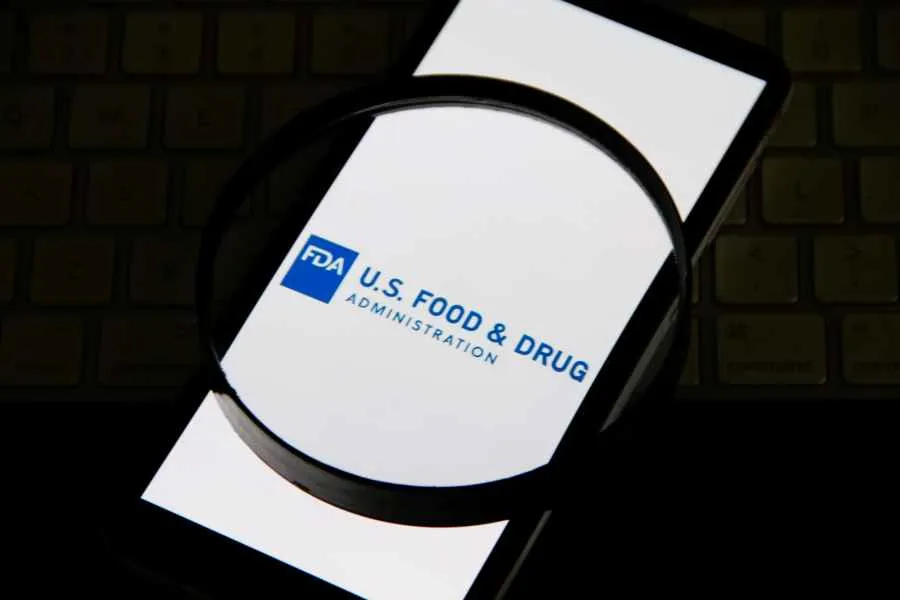 Experts urged that there is a lack of action, not science, on talc use.FDA panel discussion
Experts urged that there is a lack of action, not science, on talc use.FDA panel discussion
In May this year, Personal Care Insights attended an expert panel hosted by the US FDA, inviting experts to discuss talc’s dangers in cosmetics. The international panel unanimously favored banning it, and spoke about the science proving that talc travels and stays in the body.
During the panel, the FDA commissioner, Martin Makary, said: “I am amazed that for 40 years, [talc] has been recognized to be a carcinogen, yet we scratch our heads and wonder why we are seeing gastrointestinal cancers increase in young people, and we never stop to think about the existing body of scientific evidence that has been there.”
Other experts urged there is a lack of action, not science, on talc use. “We can’t wait another 30 years to realize all the harms of talc. We need to take action now with safer alternatives.”
Recognizing dangers with talc
The EU is moving toward classifying talc as a banned ingredient in cosmetics, and there is widespread expectation that it could be prohibited by 2027. Meanwhile, the US FDA has proposed a rule that would require mandatory asbestos testing in talc-containing cosmetic products.
Last summer, the International Agency for Research on Cancer and the cancer agency of the World Health Organization concluded that talc, found in makeup and body powders, is “probably” carcinogenic to humans.
J&J stopped selling its talc-based powder in 2023 and instead switched to a cornstarch-based formula.
The company has filed for bankruptcy three times in attempts to resolve the litigation, but the federal courts rejected all three proposals.
J&J still claims its talc-based baby powder is safe and does not contain asbestos.



